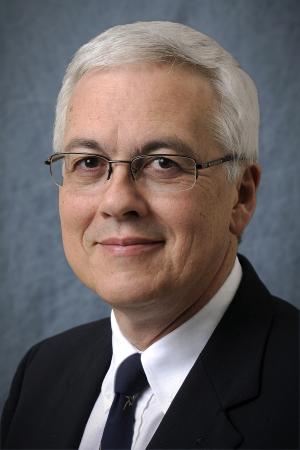
Once and future glories
ChE's first Golden Age was the period around 1915-25. Industrial chemistry's center had been Germany. Around the time of World War I, rapid growth of chemicals production began in Britain and the US, responding to increasing demand for liquid fuels, synthetic fertilizer, and other chemical products. ChE emerged as a distinct discipline, and unit operations was its organizing principle. The next Golden Age was the 1950s into the 1960s. Needs of consumers and industry fed our growth, oil was cheap, and ChE responded. We created new, large-scale, continuous processes and a host of products, applying advances in catalysis and polymer chemistry and early use of computers. To do it, we successfully integrated more math and physics to get the job done better - think transport phenomena, think process dynamics and control. Of course, remarkable advances were happening at other times. As one example, World War II saw the development of catalytic cracking, fluidized beds, synthetic rubber, and penicillin manufacturing. Since the 1980s, ChEs have been vital to growing pharmaceuticals production. However, in the 1970s the benign perception of the ChE profession was publicly transformed by global oil-price shocks and by serious environmental abuses like Love Canal. 1984's Bhopal disaster further shook the public's confidence in "better living through chemistry." Suddenly, though, we find ourselves in the right place at the right time.
Why now?
What has changed? Five key reasons are:
- Manufacturing's shift to emphasize processes and properties
- New abundance of hydrocarbon resources in the US
- Biology's turning into a molecular science
- Computing, evolved into a cyberinfrastructure
- ChEs' breadth and problem-solving approaches
Likewise, what are the challenges we face?
- Asserting leadership in the new face of manufacturing
- Incorporating information management and analytics
- Embracing our profession's breadth
In upcoming posts, I'll expand on each of these topics. It's not just the ideas of chemical engineering or the stuff of statistics and generalizations. It's all of us: educators, process engineers, lab researchers, financial and management teams, HR staff, tech services, sales forces, designers, and people in local, state, and national governments. It's Jim Davis, Tom Edgar, and Yinlun Huang advancing "smart manufacturing." It's Cathryn Sundback making prosthetic ears by cell culture at Massachusetts General Hospital. It's Don Pettit conducting research and making teaching videos on the International Space Station. It's Kim Ogden and Robert Hesketh developing a sustainability-engineering curriculum. It's Andy Grove fashioning Intel into a powerhouse microelectronics company. It's Jackie Ying crafting partnerships for bionanotechnology in Singapore, Rafiqul Gani seeking to integrate product and process design, and Jens N?rskov developing new catalysts through computation. It's each of us--and the diverse ways we use our ChE backgrounds.
Question: Where do you see ChE's future?
Phil Westmoreland is the 2013 AIChE president and a professor of chemical and biomolecular engineering at North Carolina State University (NCSU). He also serves as executive director of the NCSU Institute for Computational Science and Engineering. You can read his complete bio here.
Comments
- Log in to post comments
- Log in to post comments
- Log in to post comments
- Log in to post comments
- Log in to post comments
- Log in to post comments
- Log in to post comments









